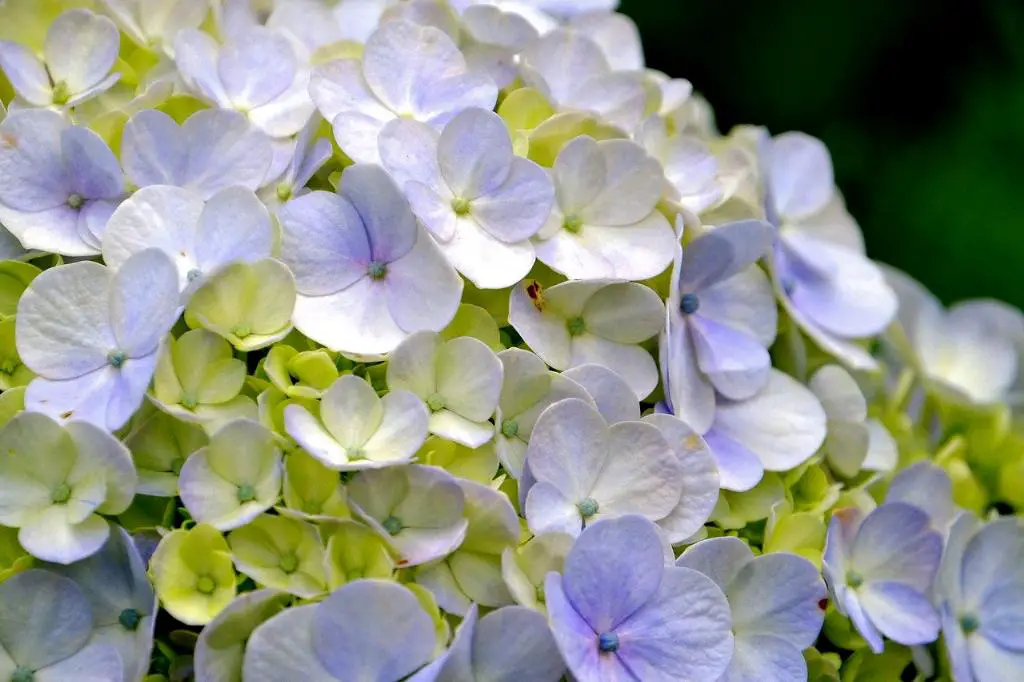Transplanting hydrangea plants is an essential task for gardeners looking to maintain the health and vitality of their beloved flowers. If you’re considering moving your hydrangeas to a new location, it’s crucial to choose the optimal time to do so. According to experts, the best time to transplant hydrangea plants is in the fall or early spring.
Fall emerges as the preferred season for transplanting hydrangeas due to the approaching dormancy of the plant. As temperatures cool down and the plant enters a period of rest, any potential shock or stress from the transplanting process is mitigated. Hydrangeas transplanted in the fall have the entire winter season to acclimatize and prepare for the upcoming growth phase in the following spring.
Moreover, fall offers stable and moderate temperatures, creating an ideal environment for the newly transplanted hydrangeas to establish their roots without the added stress of extreme heat or cold. This ensures a smoother transition and better chances of successful transplantation.
In contrast, early spring also represents a favorable window for transplanting hydrangea plants. As the plant begins to awaken from its winter dormancy, early spring provides a prime opportunity to move hydrangeas to a new location before the onset of the active growth period.
During early spring, the soil is typically moist from winter precipitation, facilitating the establishment of transplanted hydrangeas. Additionally, the plant’s natural growth cycle during this time makes it more receptive to root disturbance, increasing the chances of a successful transplant.
While both fall and early spring are viable options for transplanting hydrangea plants, individual factors such as local climate conditions and the specific needs of the plant should also be taken into account. Gardeners should assess the unique requirements of their hydrangeas and choose the timing that best aligns with those needs.
Ensuring proper preparation before and after the transplant is crucial for the health and vigor of the hydrangeas. Adequate watering, mulching, and monitoring the plants during the initial period post-transplantation are essential steps to promote successful establishment and growth.
Furthermore, selecting a suitable location with the right sunlight exposure and soil quality is imperative for the long-term health of transplanted hydrangeas. Proper care and maintenance after transplanting will help the plants thrive and flourish in their new environment.
In conclusion, the best time to transplant hydrangea plants is in the fall or early spring, as these seasons offer optimal conditions for successful transplantation. By choosing the right timing, preparing the plants adequately, and providing ongoing care, gardeners can ensure the continued beauty and vitality of their cherished hydrangeas.

